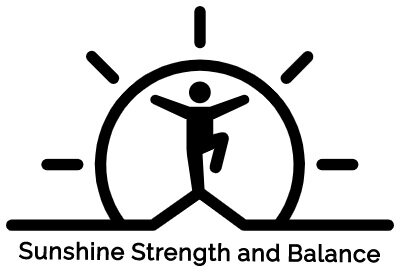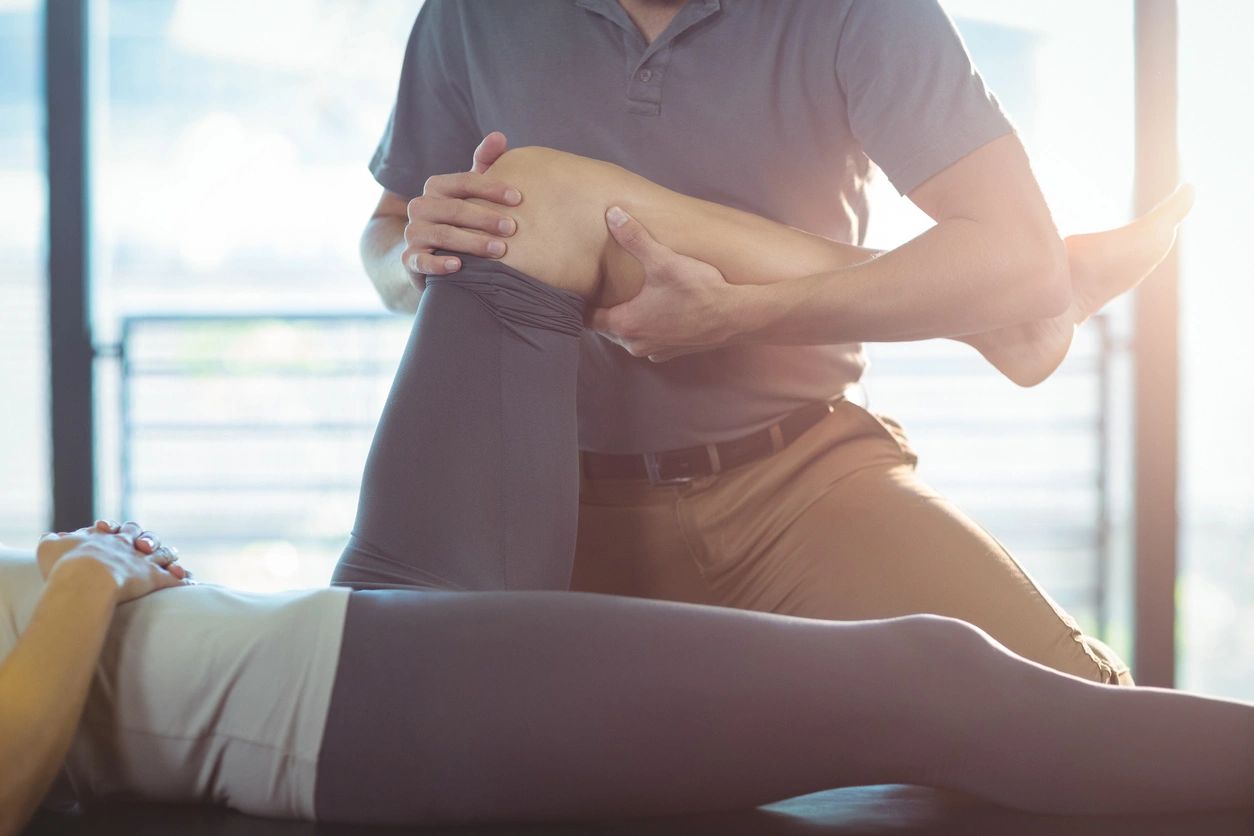Living with arthritis doesn’t mean giving up an active lifestyle. In fact, staying physically active is one of the best ways seniors can manage arthritis pain, improve mobility, and maintain independence. With the right guidance from a certified trainer, movement can be safe, effective, and even enjoyable. Whether you’re just getting started or need extra support, fitness programs for seniors in Bradenton provide personalized guidance to help you stay active and move comfortably—right from home.
Let’s explore how we can continue to enjoy an active lifestyle despite the hurdles arthritis may present.
Understanding Arthritis and Its Impact on Mobility
Arthritis is a common condition among older adults, affecting joints and causing pain, swelling, and stiffness. The two most prevalent forms are
- Osteoarthritis: A chronic joint condition caused by the gradual breakdown of cartilage that cushions the ends of bones.
- Rheumatoid Arthritis: An autoimmune disorder that causes inflammation in the joints.
These conditions can make everyday activities—walking, bending, climbing stairs—feel like a challenge. It’s natural to feel hesitant to move when you’re in pain. However, avoiding movement can actually make arthritis symptoms worse by weakening muscles and reducing joint flexibility.
That’s why a gentle, consistent fitness routine with proper warm-up, cool-down, and modification strategies is key to long-term relief. Ensuring comfort during movement helps maintain consistency.
The Benefits of Staying Active with Arthritis
Regular physical activity offers a multitude of advantages, especially for those of us dealing with arthritis. It’s not merely about reducing discomfort; it’s about enhancing our quality of life in various dimensions. One way to think of this is like nurturing a garden—we must tend to it regularly to cultivate its beauty and health. Much like watering plants keeps them vibrant, maintaining an active lifestyle helps keep our bodies functioning optimally. Here are just a few ways regular movement can help:
- Reduced joint stiffness: Moving your joints regularly keeps them lubricated and flexible.
- Increased strength: Building supportive muscle around painful joints reduces pressure and improves stability.
- Better balance and coordination: This helps reduce the risk of falls, which is crucial for seniors.
- Enhanced mood and energy: Regular physical activity boosts endorphins and can reduce feelings of depression or fatigue often linked with chronic pain.
- Improved cardiovascular health: Staying active helps control blood pressure and heart health, even with low-impact workouts.
- Improved performance in daily tasks: From getting up out of a chair to walking up stairs, functional strength and endurance make everyday movement easier.
Safe & Effective Exercises for Seniors with Arthritis
The best fitness routines are personalized and take your limitations into account. Here are some arthritis-friendly exercises you can safely incorporate into your weekly routine:
Low-Impact Cardio
Gentle cardio helps maintain heart health and burns calories without stressing the joints. It also boosts mood, supports mobility, and increases stamina over time. The key is to keep the movement low-impact while staying consistent.
Tip: Start with 10–15 minutes and slowly increase to 30 minutes per session.
Try:
- Walking around your neighborhood or indoors
- Aquatic exercise, water aerobics, or swimming (if accessible)
- Stationary cycling or recumbent bikes
Range of Motion Exercises
These exercises improve flexibility and reduce stiffness in the joints, making everyday activities like reaching, bending, or turning easier. They help you maintain independence and prevent your joints from locking up. Focus on slow, gentle stretches and movements through your full range of motion.
Try:
- Shoulder rolls and arm circles
- Neck tilts and gentle head turns
- Ankle rotations and wrist circles
Strength Training
Building muscle supports the joints and helps take pressure off painful areas. It helps enhance both balance and coordination, which can lower the likelihood of falling. Use light weights, resistance bands, or even bodyweights to start—just focus on good form. Perform exercises in manageable sets to avoid fatigue.
Try:
- Seated leg lifts or step-ups
- Wall push-ups or bicep curls with light dumbbells
- Resistance band exercises for arms and legs
Balance and Stability Exercises
Arthritis can affect balance, but targeted movements can help improve coordination and prevent falls. Even small exercises can make a big difference in confidence and movement control. Make sure to use a chair or wall for support if needed.
Try:
- Standing on one foot (hold a chair if needed)
- Heel-to-toe walking
- Gentle tai chi or yoga for balance
Tips to Stay Active Safely
Start small
Just 5 to 10 minutes a day can lead to steady improvement. Rather than committing to long sessions that may cause fatigue or discomfort, try shorter, more manageable workouts spread throughout the day. For example, two 20-minute sessions can be more effective (and less tiring) than a single hour-long one.
Focus on form
Proper technique helps reduce stress on already sensitive joints. It’s better to do fewer reps with correct form than to push through many done incorrectly. Quality over quantity is key.
Modify when needed
Adjust exercises to fit your ability or how you’re feeling that day. Don’t hesitate to scale back movements or swap in gentler options. Listen to your body—mild discomfort is okay, but sharp or increasing pain is a sign to stop. Adaptation is key to long-term consistency.
Incorporate rest days
Rest is a vital part of recovery. It allows inflammation to go down and gives your joints and muscles time to heal. Skipping rest can lead to setbacks. Remember, rest doesn’t mean weakness—it’s part of smart training.
Use heat before, ice after
Applying heat before activity can help loosen stiff joints, making movement easier. Afterward, using an ice pack can calm inflammation and prevent soreness.
Get medical guidance
Always talk to your doctor before starting a new exercise program, especially if you’re managing chronic conditions or recovering from surgery. A professional can help you find the safest path forward for your unique body type and needs.
The Role of Personalized Fitness Support
One of the best ways to ensure safe and effective progress is to work with a professional who understands arthritis and senior fitness. Personalized training ensures:
- Proper form and technique
- Customized exercises based on limitations and goals
- Reduced risk of injury
- Increased motivation and accountability
At Sunshine Strength and Balance, our certified trainers specialize in working with older adults and individuals recovering from injury or managing chronic conditions. We design safe, one-on-one workouts that meet you where you are—literally. We travel to your home so you can train in a familiar, stress-free environment.
Whether you’re regaining mobility after surgery or looking to maintain independence, our fitness programs for seniors in Bradenton help make that possible for anyone ready to take the first step.
“You don’t have to push through pain to make progress—just move with intention and support.”
Local Focus: At-Home Senior Fitness in Bradenton
We understand that getting to a gym or rehab facility can be tough—especially when dealing with pain, fatigue, or limited mobility. That’s why senior fitness in Bradenton is more accessible than ever with in-home personal training.
Benefits of in-home training include:
- No travel required: We come to you.
- Private, focused sessions: No distractions or crowded spaces.
- Adaptable routines: Exercises can be done in your living room, kitchen, or even seated.
This level of convenience and personalization makes it easier to commit to a fitness routine and see lasting results—without the stress. You can be anywhere in the world and still benefit from the right support and mindset.
Final Encouragement
Arthritis may slow you down, but it doesn’t have to stop you. Movement, when done mindfully, is one of the most powerful tools seniors can use to manage pain and feel strong again. You don’t need a gym membership, fancy equipment, or a packed schedule—just a safe space, the right support, and a willingness to take the first step.
If you’re ready to feel stronger, move with more ease, and regain confidence in your everyday routine, fitness programs for seniors in Bradenton at Sunshine Strength and Balance are here to help. Our team is committed to meeting you where you are and guiding you forward—at your own pace. Give us a call at (941) 260-0494 or visit our website and fill out our form to learn more and take that first step today.
Frequently Asked Questions
What exercises are best for seniors with arthritis?
Low-impact cardio, strength training with light resistance, gentle stretching, and functional movement exercises are ideal for managing arthritis symptoms safely. Focus on areas like the core, hips, knees, and shoulders.
Is it okay to lift weights with arthritis?
Yes, light strength training can support joint health and improve mobility, as long as it’s guided and modified for your needs. Using proper sets and rep ranges ensures safety and steady progress.
How often should older adults exercise?
Most seniors benefit from light to moderate activity most days of the week—aiming for at least 150 minutes weekly, broken into manageable sessions that suit their body type and comfort level.
How can seniors ensure they remain motivated to exercise regularly while managing their arthritis symptoms?
Seniors can remain motivated to exercise regularly while managing arthritis symptoms by setting achievable goals, engaging in group activities, and incorporating enjoyable exercises such as aquatic training or walking in nature. Additionally, keeping a journal to track performance progress and celebrating small milestones can boost motivation and enhance overall well-being, making activity feel rewarding rather than burdensome.
How can seniors modify their workouts to accommodate arthritis pain and limitations?
Seniors can modify their workouts to accommodate arthritis pain by opting for low-impact activities such as swimming, cycling, or yoga, which reduce stress on the joints while still providing effective exercise. Incorporating strength training with lighter weights, warming up properly, and focusing on flexibility exercises can enhance joint mobility and comfort. Trainers can offer personalized adaptation to make sure everyone finds what works best for them.


